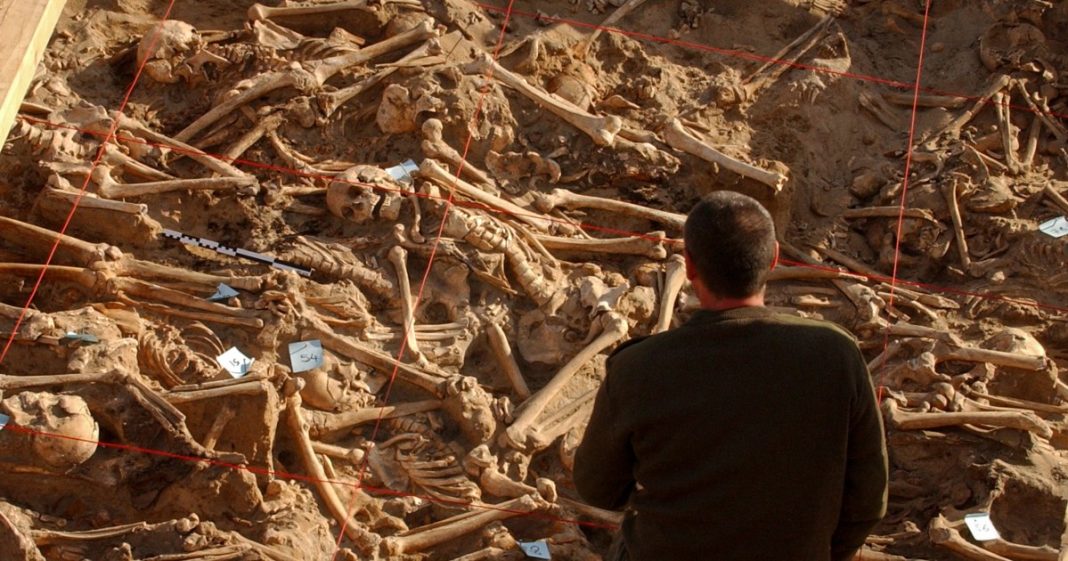Key Takeaways
- DNA analysis reveals paratyphoid fever and relapsing fever devastated Napoleon’s army
- Study challenges long-held belief that typhus was the primary killer
- Poor sanitation and hygiene created ideal conditions for disease spread
- An estimated 300,000 soldiers died during the 1812 retreat from Russia
When Napoleon’s Grande Armée retreated from Russia in 1812, microbes proved deadlier than enemy weapons. New DNA evidence reveals the specific diseases that decimated his forces during one of history’s most disastrous military campaigns.
Groundbreaking DNA Analysis
Scientists have identified two previously undocumented pathogens that ravaged Napoleon’s troops. Using advanced shotgun sequencing technology, researchers analyzed dental remains of 13 soldiers discovered near Vilnius, Lithuania.
The study, published in Current Biology, confirms the presence of Salmonella enterica (causing paratyphoid fever) and Borrelia recurrentis (responsible for relapsing fever). These findings challenge the long-standing belief that typhus was the primary disease affecting the army.
Historical Symptoms Explained
Nicolás Rascovan, head of microbial paleogenomics at Institut Pasteur and study author, explained these diseases thrived in the army’s “very poor sanitary conditions or hygiene.”
The research team noted these pathogens would have caused symptoms matching historical descriptions from the campaign – including fever and diarrhea. A “combination of fatigue, cold, and several diseases” likely caused most deaths.
Contrasting Previous Research
Unlike a 2006 study that detected typhus and trench fever bacteria, the current research found no traces of those diseases. However, Rascovan emphasized both studies provide valuable insights when considered together.
“Finding four different pathogens in such a number of individuals shows there were high prevalence of infectious diseases of all kinds,” he stated. The cumulative effect of multiple diseases, combined with exhaustion and harsh conditions, proved devastating.
By the retreat’s conclusion, approximately 300,000 soldiers had perished – a stark reminder that even history’s greatest military leaders couldn’t defeat microscopic enemies.




